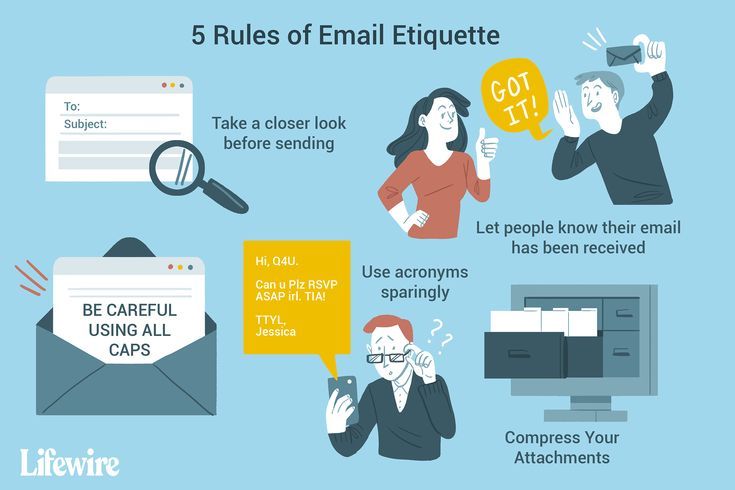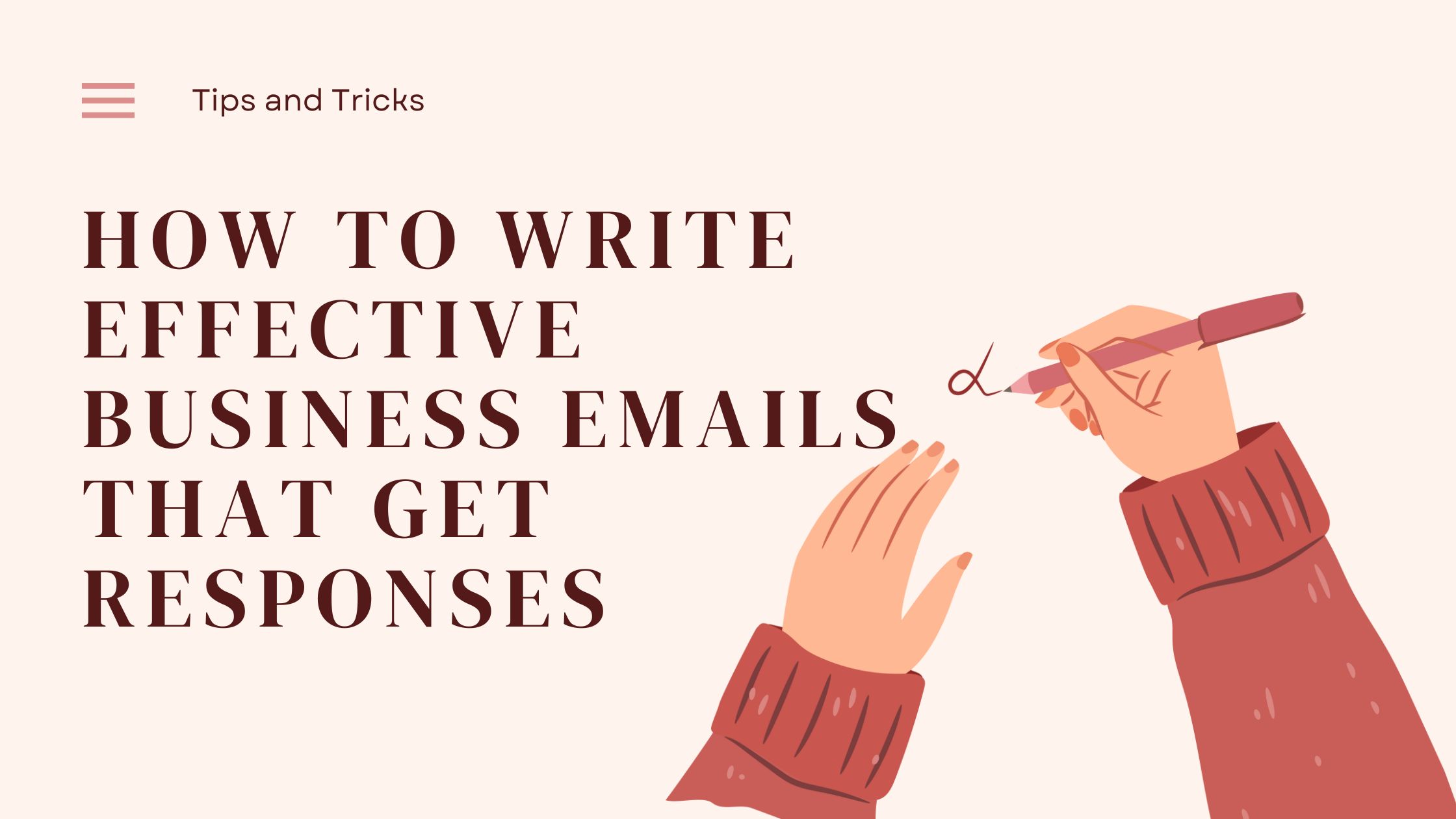In today’s fast-paced business world, email remains a critical communication tool. However, as technology evolves, so do best practices for crafting emails that stand out and get responses.
In 2025, professionals need to refine their approach to email writing to ensure clarity, professionalism, and engagement. This guide will walk you through proven strategies to write effective business emails that drive results.
Table of Contents
Understanding Modern Email Etiquette
Effective email communication starts with proper etiquette. In 2025, professionals must adapt to new trends while maintaining traditional best practices:
- Use a Clear and Concise Subject Line: Keep it direct and informative to increase open rates.
- Maintain a Professional Tone: Avoid overly casual language unless the context allows.
- Proofread Before Sending: Typos and grammatical errors can harm credibility.
- Respect Business Hours: Sending emails within standard business days ensures timely responses.
The Key Elements of an Effective Business Email
A well-structured email increases the chances of getting a response. Here’s what your business emails should include:
- A Compelling Subject Line: Grab attention with a clear and engaging subject.
- A Strong Opening: Personalize greetings and state your purpose early.
- A Clear and Concise Body: Use short paragraphs, bullet points, and avoid unnecessary fluff.
- A Call to Action (CTA): Clearly state the expected response or next step.
- A Polite Closing: End with a professional sign-off, such as “Best regards” or “Sincerely.”
Writing Emails That Get Quick Responses
To increase response rates, consider these strategies:
- Personalization: Address the recipient by name and reference relevant details.
- Clarity & Brevity: Avoid long-winded explanations and stick to key points.
- Use Action-Oriented Language: Words like “Let’s schedule a call” or “Please confirm by [date]” encourage prompt replies.
- Leverage AI Assistance: AI-powered tools help optimize subject lines and improve readability.

Optimizing for Mobile and AI-Powered Email Clients
With most professionals checking emails on mobile devices, ensure:
- Mobile-Friendly Formatting: Short paragraphs and simple formatting enhance readability.
- AI-Driven Features: Predictive text and smart replies can streamline communication.
- Avoiding Spam Filters: Steer clear of excessive links or promotional phrases that may trigger spam detection.
Best Time to Send Business Emails in 2025
Timing plays a crucial role in email success. Studies show that the best times to send emails are:
- Tuesday to Thursday: Avoiding Mondays and Fridays increases open rates.
- Mid-Morning (10-11 AM) or Early Afternoon (1-3 PM): These windows offer the highest engagement.
- Considering Workdays: Understanding how many work days in a year helps in planning effective outreach.
Follow-Up Strategies That Work
Follow-ups are essential for ensuring responses. Here’s how to do it effectively:
- Wait 48-72 Hours Before Following Up: Give the recipient time to respond.
- Keep Follow-Ups Brief and Polite: A short reminder works better than a lengthy email.
- Use Automated Follow-Up Tools: AI-powered tools can schedule and send reminders efficiently.
Email Templates for Different Business Situations
Here are some email templates tailored for various professional needs:
1. Cold Outreach Email Subject: Quick Question About [Relevant Topic]
Hi [Recipient’s Name],
I hope you’re doing well. I wanted to reach out regarding [specific topic]. Would you be available for a quick chat next week? Let me know a time that works for you.
Best regards,
[Your Name]
2. Follow-Up Email Subject: Following Up on My Previous Email
Hi [Recipient’s Name],
Just checking in on my previous email regarding [topic]. I’d love to hear your thoughts. Please let me know if you’d like to discuss further.
Looking forward to your response.
Best,
[Your Name]
3. Meeting Request Email Subject: Request for a Meeting on [Date]
Hi [Recipient’s Name],
I’d like to schedule a meeting to discuss [topic]. Are you available on [date and time]? Let me know what works for you.
Best regards,
[Your Name]
Conclusion
Mastering email communication is essential for business success in 2025. By structuring emails effectively, using the right tone, optimizing for mobile, and strategically planning send times, professionals can increase their response rates and build better business relationships. Implement these strategies today and watch your email engagement improve.
FAQs
1. How many business days are in a year?
A standard year has approximately 260 business days, considering weekends and public holidays. Read our brief guide on how many business days in a year.
2. How can I calculate business days for my email follow-ups?
You can use online business day calculators to determine the exact number of business days between two dates.
3. What is the difference between business days and calendar days?
Business days refer to working days (Monday to Friday), while calendar days include weekends and holidays.
4. How many work days are in a year for email marketing planning?
Typically, there are around 250-260 workdays in a year, depending on local holidays and industry-specific schedules.
5. What should I do if my business emails are not getting responses?
Try improving subject lines, personalizing content, optimizing send times, and following up strategically.

Leave a Reply